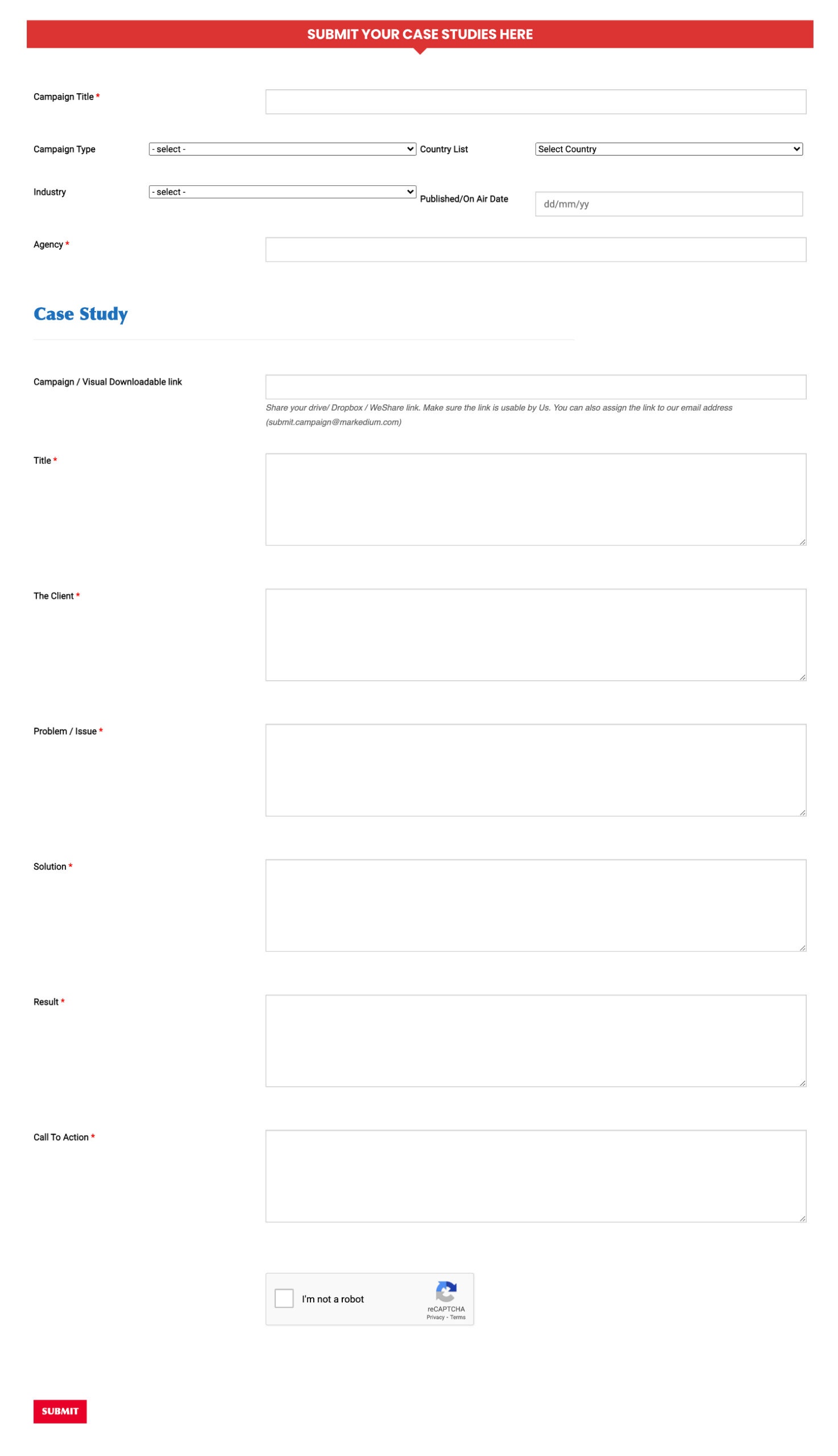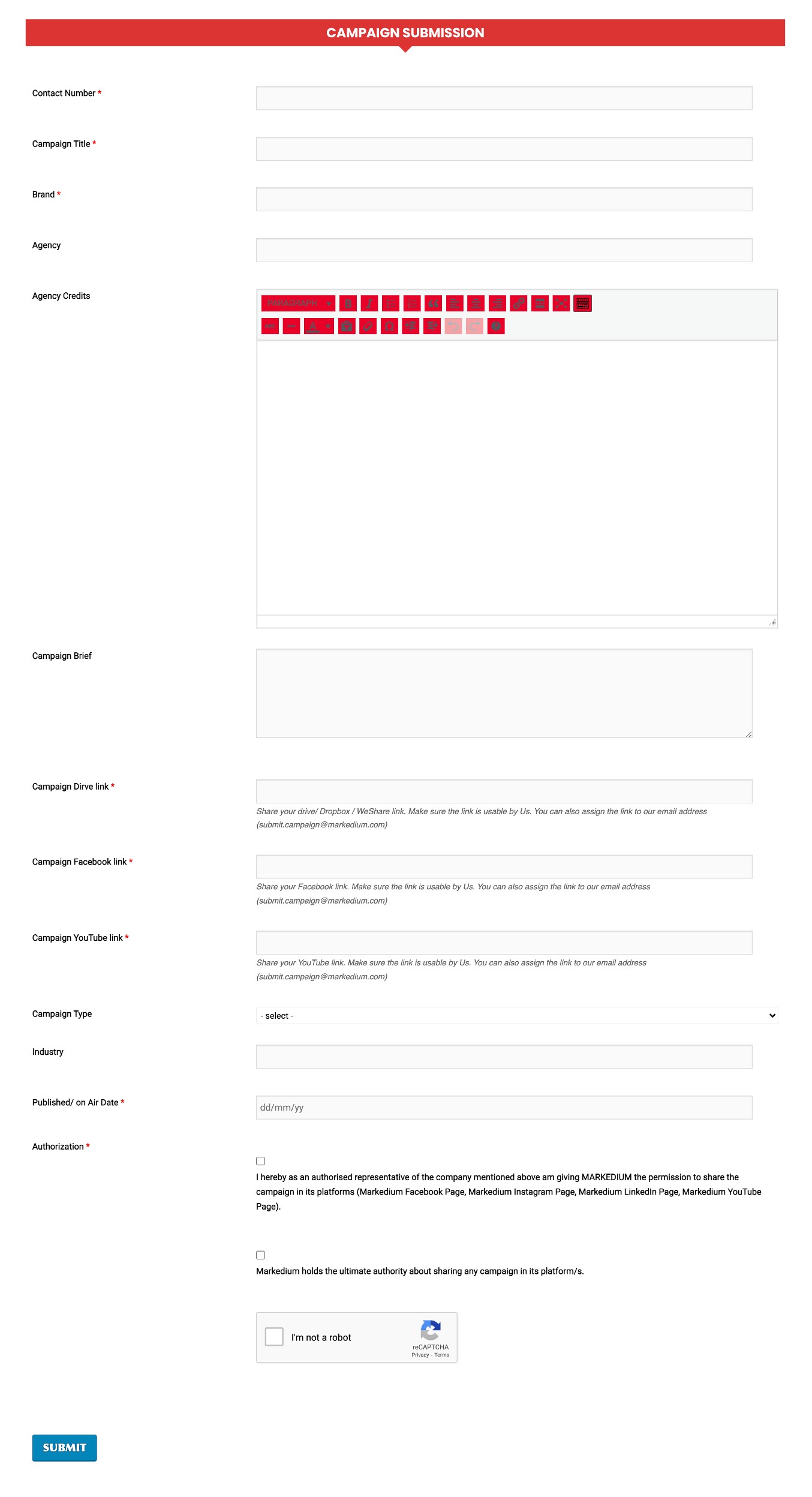
Everyday Essentials Could Get Pricier For Americans In U.S. Under Trump’s New Tariffs5 min read
Donald Trump’s latest economic move could lead to noticeable price hikes on common household items across the U.S., from clothing and sneakers to coffee and electronics. The president has introduced new tariffs – essentially import taxes – on goods from nearly every country, starting at 10% and climbing to as high as 50% for nations he labeled as the biggest trade violators. These new duties will begin on April 5, following Trump’s declaration of a national economic emergency reportedly.
According to economists, these tariffs – along with possible retaliatory measures from other countries – are expected to raise prices across the board for American consumers. Federal Reserve Chair Jerome Powell has also indicated that the policy would likely contribute to inflation. Importers may transfer the added costs to customers or limit product availability, leading to reduced supply.
Here are six categories of everyday items that could become more expensive as a result of these new tariffs:
- Clothing at Popular Retailers Like Target, H&M, and The Gap
Countries such as Vietnam, China, and Bangladesh – major suppliers of apparel to the U.S. – are among those facing the steepest tariff increases, ranging from 34% to 46%. These nations rank among the top five sources of imported clothing in the U.S., and the impact may be felt at major retailers like Walmart, Target, and several American fashion brands.
For example, The Gap, which also owns Old Navy, Banana Republic, and Athleta, gets about 21% of its garments from Vietnam and another 37% from other Asian countries like Bangladesh, Indonesia, and India, according to a study by University of Delaware professor Sheng Lu.
H&M, a well-known brand for budget-friendly fashion, depends heavily on suppliers from China and Bangladesh. The U.S. Fashion Industry Association has raised concerns that the new tariffs could place a disproportionate financial burden on American families, especially those with lower incomes.
While Vietnam has shown interest in negotiating an agreement to sidestep the tariffs, China has already responded with its own set of import taxes.
- Coffee and Other Imported Foods
Since nearly all coffee consumed in the U.S. comes from abroad, prices are likely to rise. The U.S. mainly imports coffee beans from countries like Brazil and Colombia, which will now face the baseline 10% tariff. Vietnam, another significant exporter of coffee, is also affected.
Walter Haas, who runs the Graffeo coffee roastery in San Francisco, told reporters that the tariffs will have an immediate financial effect on his business. If the levies continue, the increased expenses will likely become a permanent part of the retail price for consumers.
Other grocery staples imported from Europe could also become more expensive. European Union countries, all facing a 20% tariff, supply items like olive oil from Italy, Greece, and Spain – which could see price jumps.
Read more: Footwear Exporters of Bangladesh See Potential in US Tariff Shift Amid Growing Trade Concerns
- Footwear, Including Popular Brands Like Nike and Adidas
Footwear could also see sharp price increases. Sportswear giants like Nike and Adidas rely heavily on factories in Vietnam – accounting for around half of Nike’s and nearly 40% of Adidas’s production.
In 2024, U.S. imports of footwear surpassed $27 billion, with the bulk coming from China and Vietnam. Previously, these imports were taxed at around $3 billion, but under the new policy, those duties could nearly triple. According to analysts at UBS, shoe retailers might need to raise prices by 10% to 12% to compensate for the extra cost from Vietnamese suppliers.
- Alcohol – Especially European Wines and Beers
Imported alcoholic beverages are also on the list of affected goods. France, a major supplier of wine to the U.S., could see reduced exports as the 20% tariff takes effect on European products.
Laurent Delaunay, head of the Bourgogne Wine Board representing the Burgundy wine region, has voiced concern that these tariffs could cause their wines to surpass key price points that U.S. consumers are comfortable paying. This could result in lower demand for European wines and beers, especially in restaurants.
To add to this, an expansion of tariffs on aluminum – covering all canned beer – could lead to price hikes for those buying beverages to enjoy at home. UBS reports that large alcohol distributors may need to boost prices by as much as 5% if they opt not to absorb the new costs.
- Electronics – iPhones, Gaming Consoles, and More
Big-ticket electronic items such as smartphones, televisions, and video game consoles could also get more expensive. Key suppliers to the U.S. in this sector include China, South Korea, and Taiwan.
Most iPhones are assembled in China, though some production has shifted to India—which is also now facing a 26% tariff. Samsung electronics depend significantly on production from Vietnam.
So far, tech companies have not fully disclosed how they will handle the price impact. However, Nintendo has already postponed pre-orders for its Switch 2 console, saying it needs time to understand how the new tariffs might affect its pricing strategy.
- Online Fast-Fashion Orders From Shein and Temu
Online shoppers frequently use platforms like Shein and Temu to order cheap, fast fashion directly from China. These purchases had previously been protected from import duties thanks to a legal exemption for packages valued under $800 – known as the “de minimis” rule.
That exemption is now being removed through an executive order signed by Trump. Without it, items shipped from China directly to customers will now face taxes for the first time. The White House has stated that small shipments may be taxed at either 30% of their value or $25 per item, whichever is greater. Starting June 1, this amount will increase to $50 per item.
Experts say this change could lead to significant price increases for goods bought through these fast-fashion platforms.
This sweeping tariff strategy may reshape the way Americans shop, with cost increases felt most acutely on everyday items. The full economic impact will unfold as companies and consumers alike adjust to the new trade landscape.
For more updates, be with Markedium.


